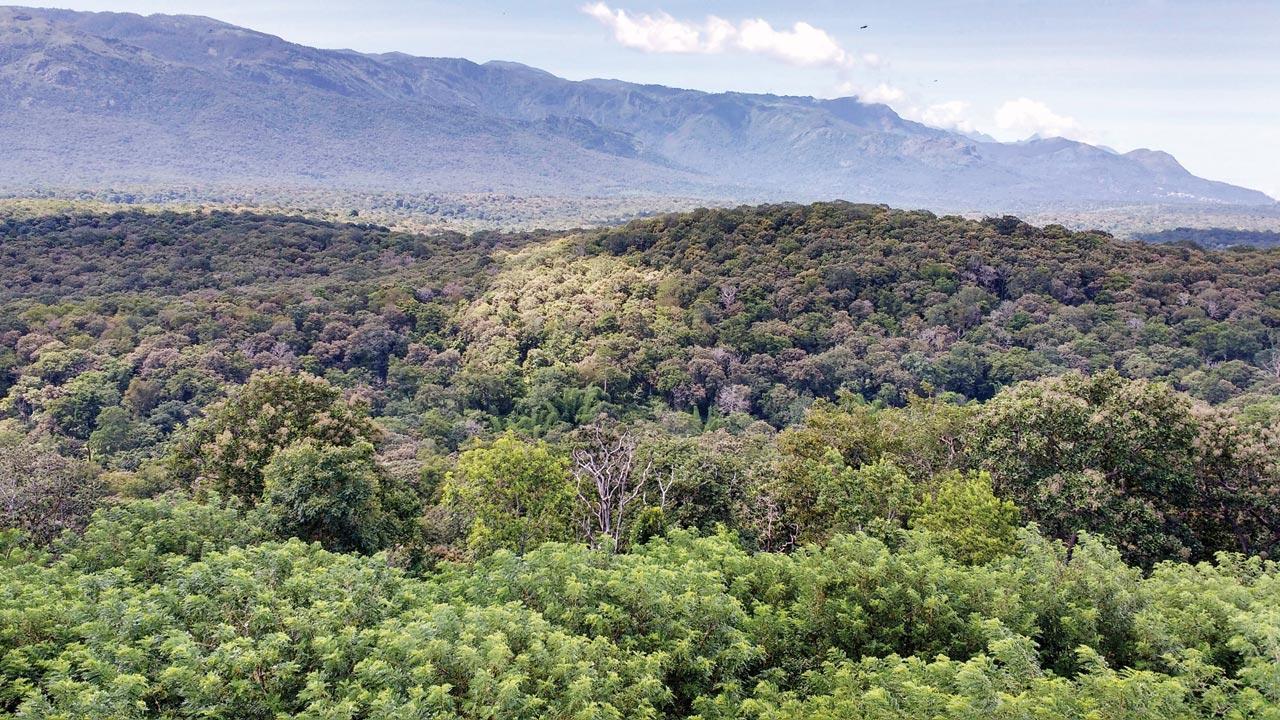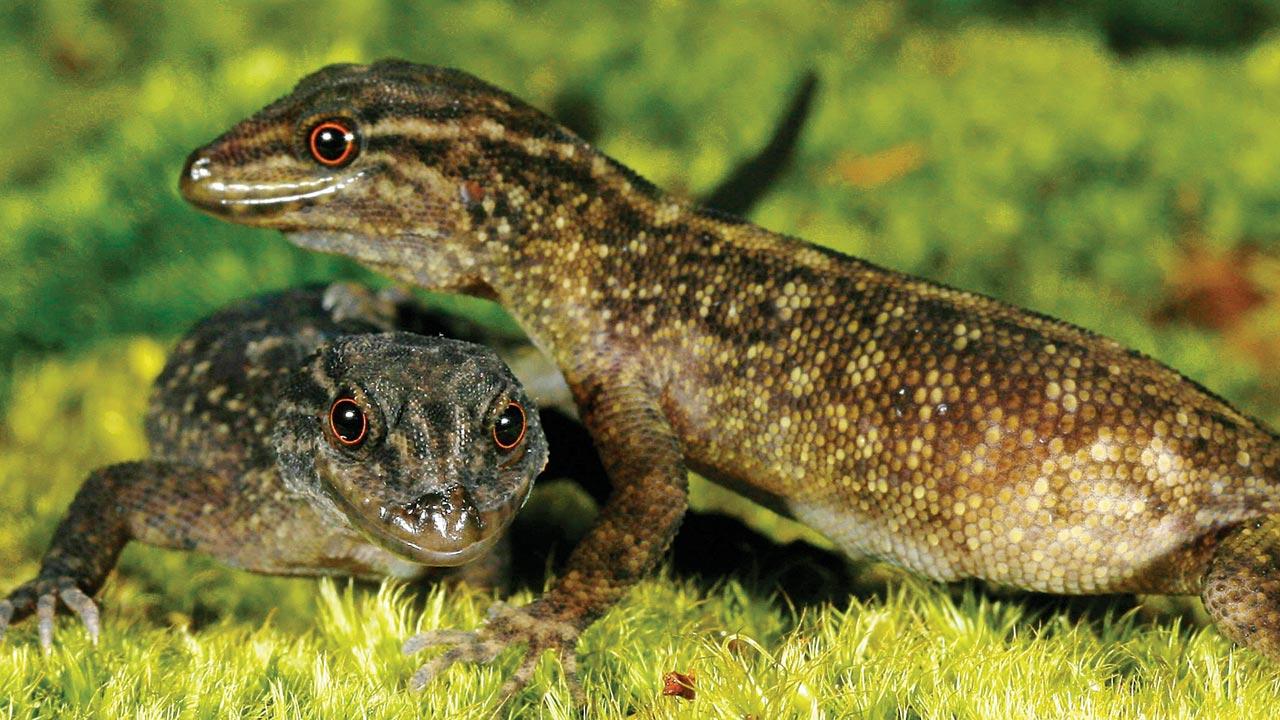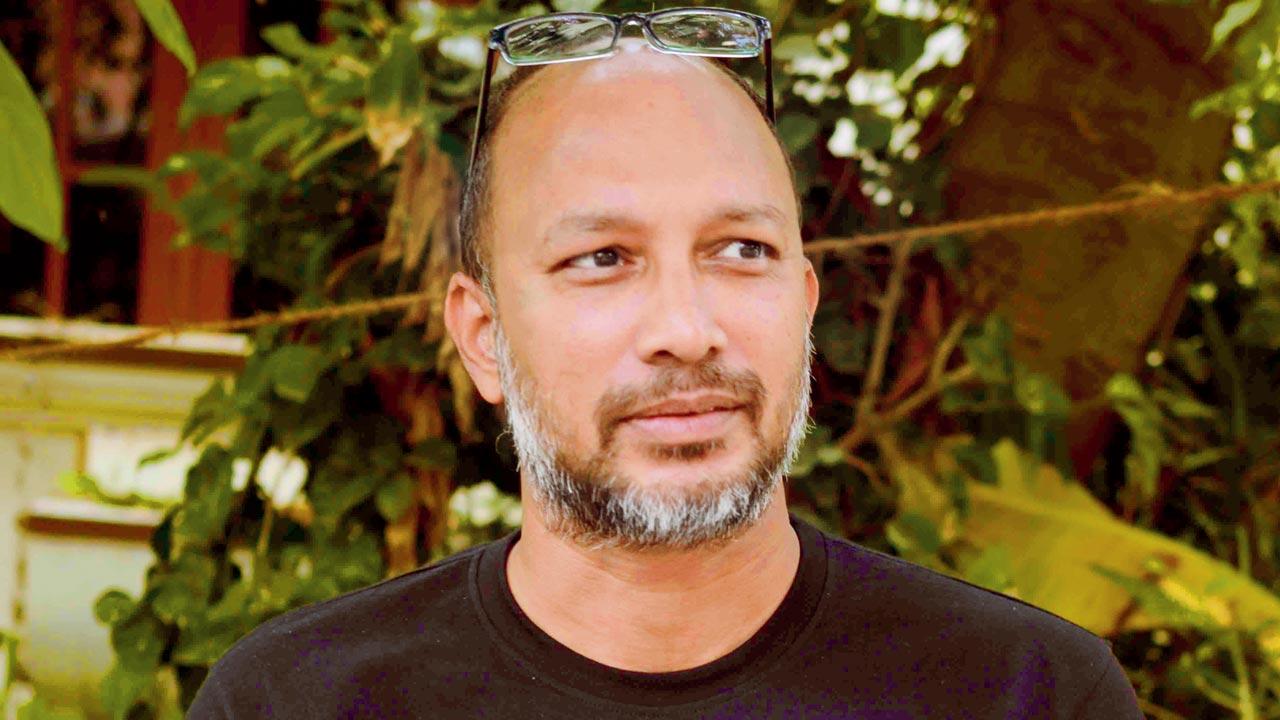Should India have taken a different stance at COP26, when it bowed out of a deforestation reversal deal? Experts weigh in on the repercussions on Maharashtra’s shining glory

Mudumalai is Tamil Nadu’s top wildlife-spotting place. It is located in the Western Ghats. Pic courtesy/Sandeep Pulla
Since 1751, the world has emitted over 1.5 trillion tonnes of carbon dioxide (CO2). To reach our climate goal of limiting average temperature rise to 2 degree Celsius, the world needs to urgently reduce emissions. Forests are integral to this fight against climate change because of their ability to absorb carbon. But over the last few decades, rampant deforestation is taking away this self-defence tool from the Earth. And therefore, the recently-concluded COP 26 UN Climate Change Conference, hosted by the UK in partnership with Italy, in which 197 nations participated, proved to be a critical summit.
A series of deals were announced, among which ending and reversing deforestation by 2030 was the most crucial one. More than 100 world leaders promised to sign the pledge, including Brazil, home to the Amazon rainforest. India, however, bowed out, expressing its unwillingness to commit to reversing deforestation.
 Cnemaspis balerion is a new species of gecko described in 2021 and named after a dragon from Game of Thrones. Pic courtesy/Saunak Pal
Cnemaspis balerion is a new species of gecko described in 2021 and named after a dragon from Game of Thrones. Pic courtesy/Saunak Pal
Yash Marwah, co-creator of Let India Breathe, an environmental communications collective, says he isn’t surprised with India’s stance on deforestation at the Glasgow summit. “In fact, if India would have committed to halt deforestation, I would have found it more infuriating. Not that I have high hope from the declaration [signed at COP26], but it provides for a good greenwashing exercise and I am glad India did not participate in it. Environmental justice activists would have had to spend days and nights together to clear the myth,” Marwah adds.
Agrees Raman Sukumar, an ecologist known for helping to design the Nilgiri Biosphere Reserve in 1986 and working towards fighting climate change. “It’s good that Brazil signed the pledge at the summit; deforestation is widespread there, much more than what happens here in India. I honestly don’t feel such pledges are fruitful. In the past many such deals were signed, but countries have failed to fulfil them. I think India wants to take a cautious approach by staying away from the deforestation deal. Why make a false promise you cannot keep?”he asks.
 Ahaetulla farnensis is a new species of vine snake from the central Western Ghats described in 2020. Pic courtesy/Ashok Kumar Mallik
Ahaetulla farnensis is a new species of vine snake from the central Western Ghats described in 2020. Pic courtesy/Ashok Kumar Mallik
Irrespective, experts believe India’s stance could hit species of the Western Ghats, which has already experienced an increase in temperature of about 0.8 degrees Celsius in the past 100 years. Marwah explains, “India has done many things in the past decade that have threatened the Western Ghats. In the past year we have seen the decimation of the Environment Impact Assessment Notification [that was heavily opposed but has still been translated in 22 regional languages], the proposed amendments to the Wildlife Protection Act, the Forest Conservation Act, and the conversion of the National Board for Wildlife to National Bomb for Wildlife.”
The Western Ghats is a hotspot for biodiversity in India, covering 1,40,000 square kilometres over a 1,600-kilometre line parallel to the western coast in Kerala, Tamil Nadu, Karnataka, Goa, Maharashtra, and Gujarat. Supriya Patil, environment expert with social organisation Grow-Trees.com, says, “Recurrent deforestation would not only disrupt the natural balance but also raise the danger of flooding in Kerala and Karnataka. One of the biggest drivers of floods in the region is forest degradation and improper carbon sequestration. Increased carbon dioxide emissions are also a result of the rapid loss of forest cover in the Western Ghats.”
 Raorchestes flaviocularis is a bush frog found in 2014. It is an amphibian species from the family of Old World tree frogs. Pic courtesy/SP Vijayakumar
Raorchestes flaviocularis is a bush frog found in 2014. It is an amphibian species from the family of Old World tree frogs. Pic courtesy/SP Vijayakumar
Professor Kartik Shanker’s lab at the Indian Institute of Science’s (IISc) Centre for Ecological Studies (CES) has been responsible for discovering many new species in the Western Ghats. In the last 15 years, his lab has been working on frogs, lizards and snakes of the Western Ghats. “We used ecology, evolution and geography to design our surveys and covered the topological and environmental gradients in the Ghats. This has allowed us to detect and discover many new species; over this period, we have described 40 new species of frogs and reptiles and designated several new genera, some of which are evolutionarily very distinct. This year alone, we have described 16 species.” And there are more to come, Shanker adds.
And therefore, continued deforestation could have a direct and almost immediate impact on the flora and fauna in the Western Ghats. Talking about both short-term and long-term effects of deforestation in the region, Shanker explains, “Honestly, in the short term, nothing much may happen to the ecosystem structure or function if you lose one or a few species. But each one carries with it an entire evolutionary tale. Losing a species is like losing a classic book forever. And I think we have a role to play to preserve that biological heritage in its entirety. And, it’s important to emphasise that marginalised and vulnerable communities should not bear a disproportionate burden of our conservation efforts.”
 Professor Kartik Shanker on the consequences of widespread deforestation in the Western Ghats
Professor Kartik Shanker on the consequences of widespread deforestation in the Western Ghats
Between 1990 and 2015, the indiscriminate felling of trees resulted in a 3.16 per cent decline in worldwide forest cover. Even while India’s overall forest cover has increased by around 1 per cent, many regions continue to bear the brunt of deforestation, Patil tells us. “Needless to say, continuous deforestation would affect the country’s microclimatic conditions, hydrological cycle, soil quality, biodiversity, and other factors, raising the risk of unforeseen natural catastrophes. LIFE—Lifestyle for Environment is desperately needed in India and practically all other developing countries. Every day, we must make a conscious decision to combat climate change by developing a lifestyle that focuses on the deliberate and mindful utilisation of our natural resources,” Patil adds.
Marwah feels we don’t have to wait for the devastation or watch an apocalyptic documentary. “Because we are living it. The Kerala floods have shown us a grim picture of the havoc created by the destruction of the Western Ghats. Post Tauktae cyclone, the devastation in Maharashtra would have been lesser if the Ghats were not as denuded as they are. Groundwater levels are falling, rivers and lakes are running dry, wildlife is perishing, human-animal conflict is increasing, indigenous groups are suffering and the temperature is rising. But we are going ahead with projects like the construction of the Hubballi-Ankola railway line through the Western Ghats and opening mining,” he shares.
 Yash Marwah, on how India could have taken a more sensible stance at COP26 against deforestation
Yash Marwah, on how India could have taken a more sensible stance at COP26 against deforestation
So could India have taken a more sensible stand at COP26 apropos deforestation? Absolutely, Marwah says. “India could have just said, ‘Hey, when the COP1 happened in Berlin, CO2 in the atmosphere was 359ppm. At COP26, it is 420ppm. What has a COP ever done?’ India could have asked developed countries to commit trillions in climate finance. India could have challenged the very fundamentals of a global economy and governance that centralises power in the hands of governments and capitalist corporations. But we are busy offering ‘ease of business’,” he signs off.
 Subscribe today by clicking the link and stay updated with the latest news!" Click here!
Subscribe today by clicking the link and stay updated with the latest news!" Click here!










